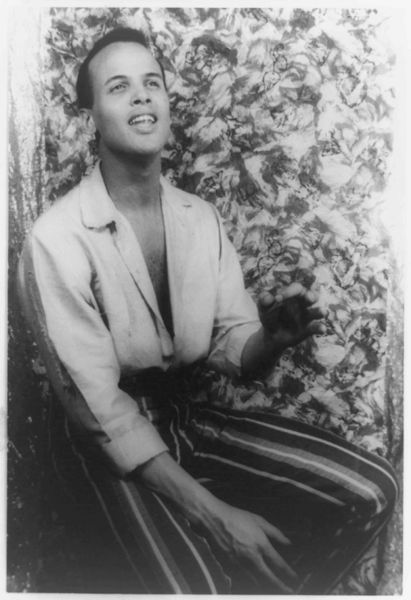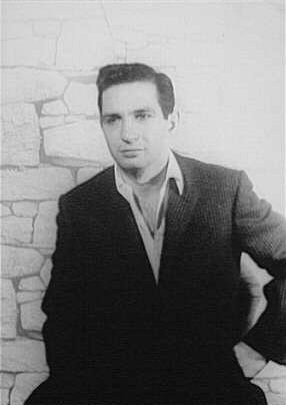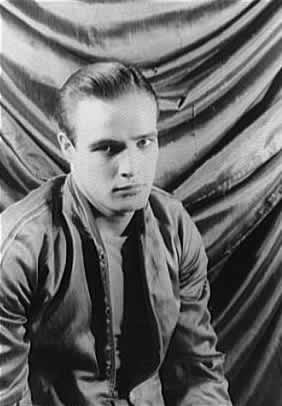<Back to Index>
- Writer and Photographer Carl Van Vechten, 1880
PAGE SPONSOR
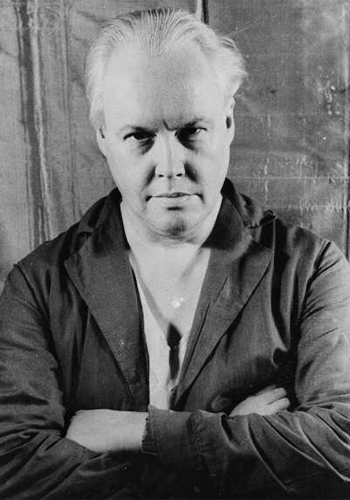
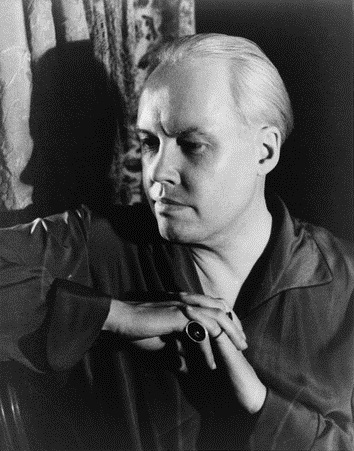
Carl Van Vechten (June 17, 1880 - December 21, 1964) was an American writer and photographer who was a patron of the Harlem Renaissance and the literary executor of Gertrude Stein.
Born in Cedar Rapids, Iowa, he graduated from Washington High School in 1898, and later the University of Chicago in 1903. In 1906, he moved to New York City. He was hired as the assistant music critic at the New York Times. His interest in opera had him take a leave of absence from the paper in 1907, to travel to Europe to explore opera. While in England he married his long time friend from Cedar Rapids, Anna Snyder. He returned to his job at the New York Times in 1909 and then became the first American critic of modern dance. At that time, Isadora Duncan, Anna Pavlova and Loie Fuller were performing in New York City. The marriage to Anna Snyder ended in divorce in 1912 and he wed actress Fania Marinoff in 1914.
Several books of Van Vechten's essays on various subjects such as music and literature were published between 1915 and 1920. Between 1922 and 1930 Knopf published seven novels by Van Vechten, starting with Peter Whiffle: His Life and Works and ending with Parties.
Van Vechten was interested in black writers and artists, and knew and promoted many of the major figures of the Harlem Renaissance, including Langston Hughes, Ethel Waters, Richard Wright and Wallace Thurman. Van Vechten's controversial novel Nigger Heaven was published in 1926. His essay "Negro Blues Singers" was published in Vanity Fair in 1926.
In the 1930s, Van Vechten began taking portrait photographs. Among the many individuals he photographed were Judith Anderson, Marian Anderson, Pearl Bailey, Josephine Baker, James Baldwin, Tallulah Bankhead, Barbara Bel Geddes, Thomas Hart Benton, Jane Bowles, Marlon Brando, Paul Cadmus, Erskine Caldwell, Truman Capote, Bennett Cerf, Marc Chagall, Salvador Dalí, Ruby Dee, Jacob Epstein, Ella Fitzgerald, F. Scott Fitzgerald, Lynn Fontanne, John Hersey, Billie Holiday, Lena Horne, Horst P. Horst, Mahalia Jackson, Philip Johnson, Frida Kahlo, Gaston Lachaise, Sidney Lumet, Alfred Lunt, Norman Mailer, Alicia Markova, Henri Matisse, W. Somerset Maugham, Henry Miller, Joan Miró, Ramon Novarro, Georgia O'Keeffe, Laurence Olivier, Christopher Plummer, Leontyne Price, Diego Rivera, Jerome Robbins, Paul Robeson, Cesar Romero, George Schuyler, Beverly Sills, Gertrude Stein, James Stewart, Alfred Stieglitz, Ada "Bricktop" Smith, Bessie Smith, Alice B. Toklas, Prentiss Taylor, Gore Vidal, Evelyn Waugh, Orson Welles, Thornton Wilder and Anna May Wong.
Van Vechten initially met Gertrude Stein in Paris in 1913. They continued corresponding for the remainder of Stein's life, and at her death she appointed Van Vechten her literary executor; he helped to bring into print her unpublished writings.
After the 1930s, Van Vechten published little writing, though he continued to write letters to many correspondents.
He died at the age of eighty - four in New York City. Van Vechten was the subject of a 1968 biography by Bruce Kellner, Carl Van Vechten and the Irreverent Decades.
Most of Van Vechten's papers are held by the Beinecke Rare Book and Manuscript Library at Yale University. The Beinecke Library also holds a collection titled "Living Portraits: Carl Van Vechten's Color Photographs Of African Americans, 1939 - 1964", a collection of 1,884 color Kodachrome slides. The Library of Congress acquired its collection of approximately 1,400 photographs in 1966 from Saul Mauriber. There is also a collection of his photos in the Prentiss Taylor collection in the Archive of American Art, a division of the Smithsonian Institution and a Van Vechten collection at Fisk University. The Museum of the City of New York's collection includes 2,174 of Carl Van Vechten's photographs.
